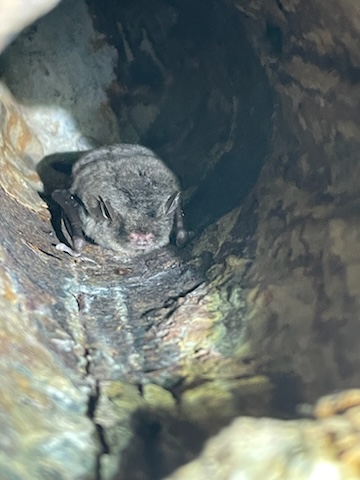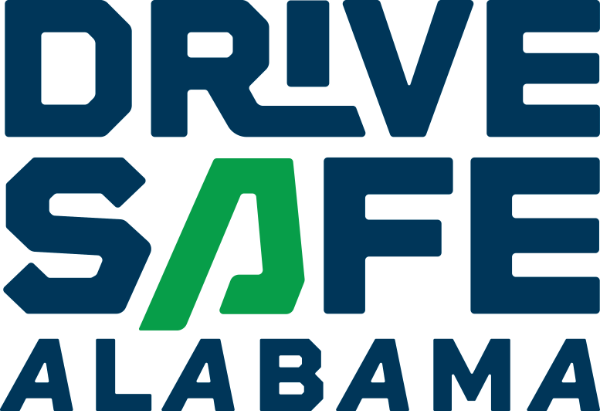ALDOT has been working together with biologists from the U.S. Fish & Wildlife Service (USFWS) to protect endangered bat species and their habitats across Alabama’s roadways.
For years now, ALDOT and USFWS have collaborated prior to beginning any project that may disturb the habitats of these endangered species, similar to the site surveys done to protect the gopher tortoise. These projects include bridge removals and renovations, culvert removals and modifications, or tree clearing of suitable habitat.
“Endangered bats have certainly made a name for themselves within Alabama and throughout the southeast. These animals are vital to our ecosystem as they keep the insect population in check and serve as pollinators”, said ALDOT biologist Emily Duke who travels the state and was recently in the Mobile area to inspect local bridges and culverts for signs of bats. ” I am honored to be in a position where I can be a voice for these incredible animals. ALDOT is certainly doing its part to minimize impacts to our state’s endangered bat species.”

To best protect the bats, ALDOT engineers contact the experts for their advice and assistance. Engineers and biologists make it their mission to ensure all bat species in Alabama have the habitat they need to call this state their home.
Engineers, biologists, and their teams visit roadway locations to survey for bats on a regular basis, and work together on a protection plan specific to each location. In many cases, construction projects are completed in stages in an effort to avoid disturbing the bats’ breeding and hibernation periods. Various types of conservation measures can be put in place to allow a project to move forward with construction while still providing the necessary protection these mammals need during such sensitive times in their lifecycles.
With everyone working together, roadway projects can continue to move along and coincide with the protection of not only our state’s endangered bat species but with all wildlife in mind.




